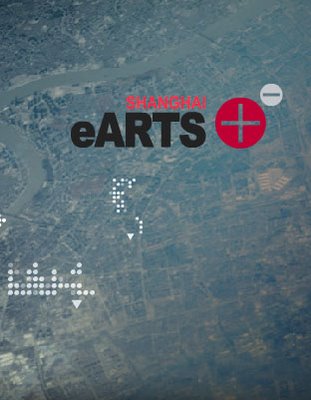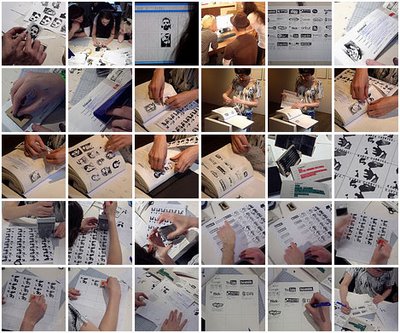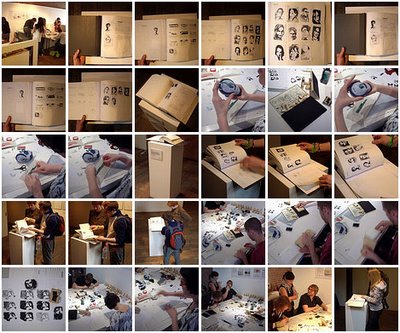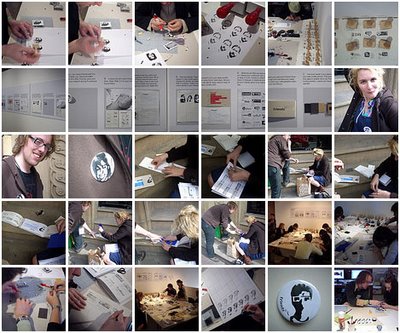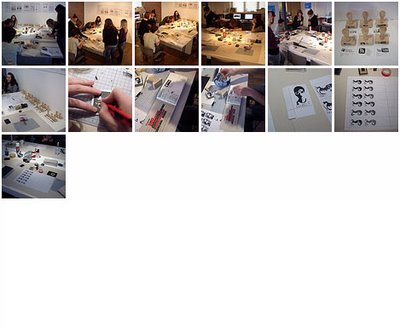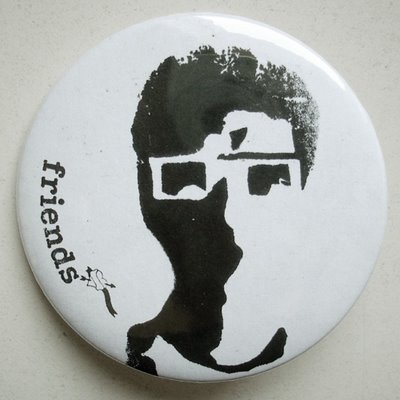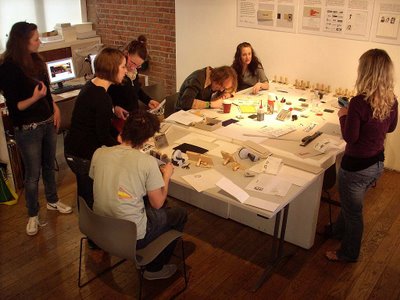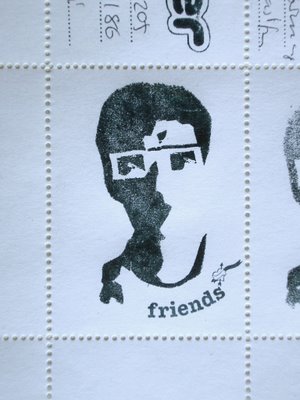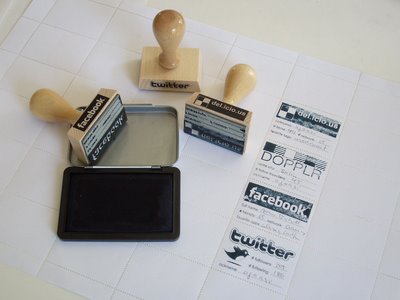11. – 15. September 2024
For Berlin Art Week, the non-profit organisation Flussbad Berlin will be presenting the exhibition and auction “50 Für Bad Berlin” in the Red Salon of the Bauakademie. Fluss Bad Berlin is a civil society initiative for urban development committed to making swimming possible in the Spree Canal and, in the long run, in other sections of the Berlin Spree.
“50 Für Bad Berlin” will present works by mostly Berlin-based artists and architects who show solidarity with the objectives of the Fluss Bad Berlin project and the team behind it. They advocate a sustainable development of Berlin for the common good. They oppose the tendency to restrict for ideological reasons the debate on the future of the city (centre) to the historicising reconstruction of the Berlin of the early 20th century and the attempt to appropriate “art and culture” for that purpose. They want to emphasise instead that art and culture are closely linked to development initiatives such as Fluss Bad Berlin, which promote a more social, ecological, sustainable, and futureproof urban development.
While the works on display cover a wide range of types and techniques, they all relate to themes the Fluss Bad project addresses: for instance, in their interpretation of the essential significance of water for our world and for life, and the diverse relationships between humans and the element. They analyse the sensory, political and technical significance of water as a cultural asset, and the meaning of a free and equal access to it. They remind us that the river belongs to the city, that everyday culture belongs to high culture, and that the city is shaped by social values, which –at the same time– it is capable to mediate.
All of the pieces shown at the “50 Für Bad Berlin” exhibition will be auctioned on September 12.
List of participating artists:
Rosa Barba, Barkow Leibinger, Aram Bartholl, John Bock, Stefanie Bürkle, Thomas Demand, Oswald Egger, Olafur Eliasson, Elmgreen & Dragset, Estudio Herreros, Nina Fischer & Maroan El Sani, Simon Fujiwara, Filomeno Fusco & Victor Kégli, Graft, Katharina Grosse, Esra Gülmen, Asmund Hansteen-Mikkelsen, Annette Hauschild, Heide von Beckerath Alberts, Robert Hermann, Katharina Hinsberg, Moon Hoon, Bjarke Ingels, Inges Idee, Christian Jankowski, Peter K. Koch, Annette Kisling, Mischa Kuball, Götz Lemberg, Susanne Lorenz, Regula Lüscher, Maciej Markowicz, Maix Mayer, Jürgen Mayer H, Bjørn Mehlhus, Fernando Menis, Christian Möller, Olaf Nicolai, Lewis Pugh, Raumlabor, realities:united, Anselm Reyle, Shirin Sabahi, Michael Sailstorfer, Karin Sander, Tomás Saraceno, Sauerbruch Hutton, Erik Schmidt, Something Fantastic, Carlo Stanga, Wolfgang Tillmans, Clement Valla x Certain Measures, Michael Wesely, Haegue Yang, Tobias Zielony
pictures
 I agree on most of what he says and many of these questions were raised during the “Friends” workshop I ran at Futuresonic in 2008 . Unfortunately this won t reach my 359 ex-facebook friends any more… haha. I quit 2 days ago ….
I agree on most of what he says and many of these questions were raised during the “Friends” workshop I ran at Futuresonic in 2008 . Unfortunately this won t reach my 359 ex-facebook friends any more… haha. I quit 2 days ago ….
